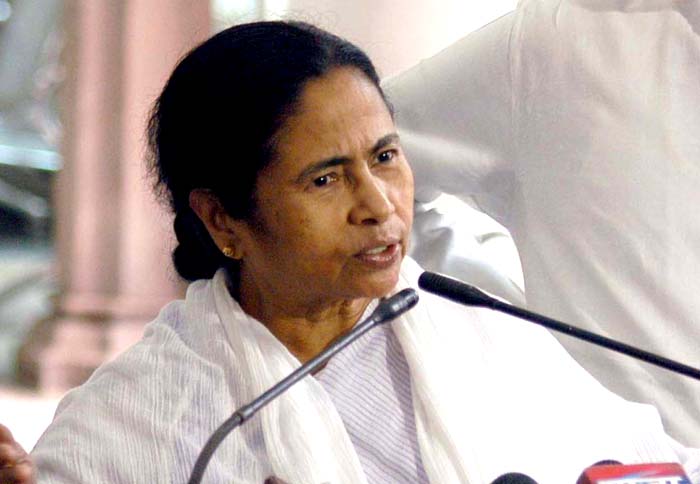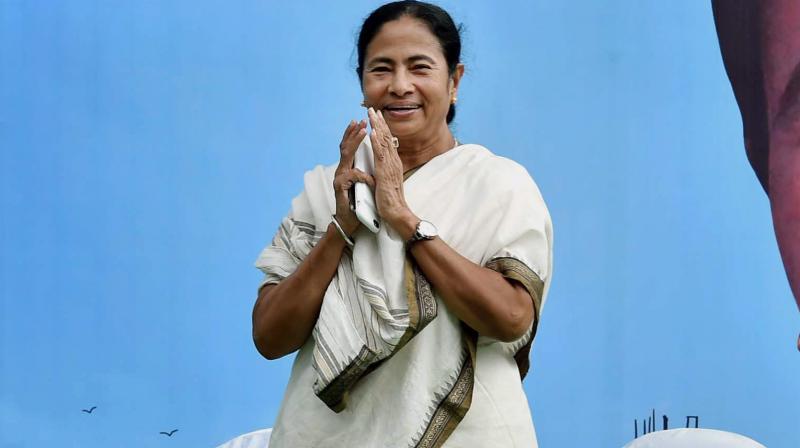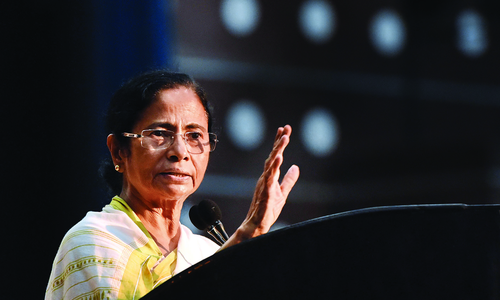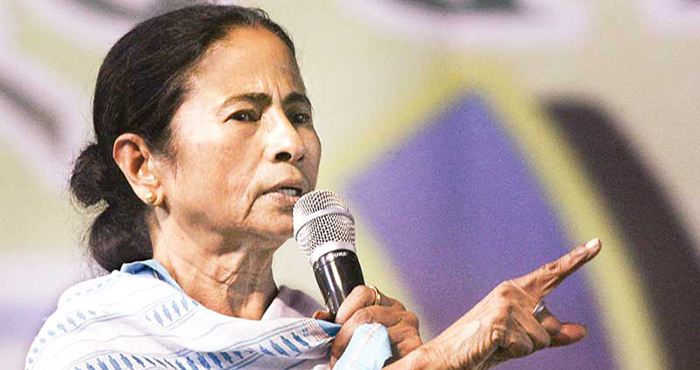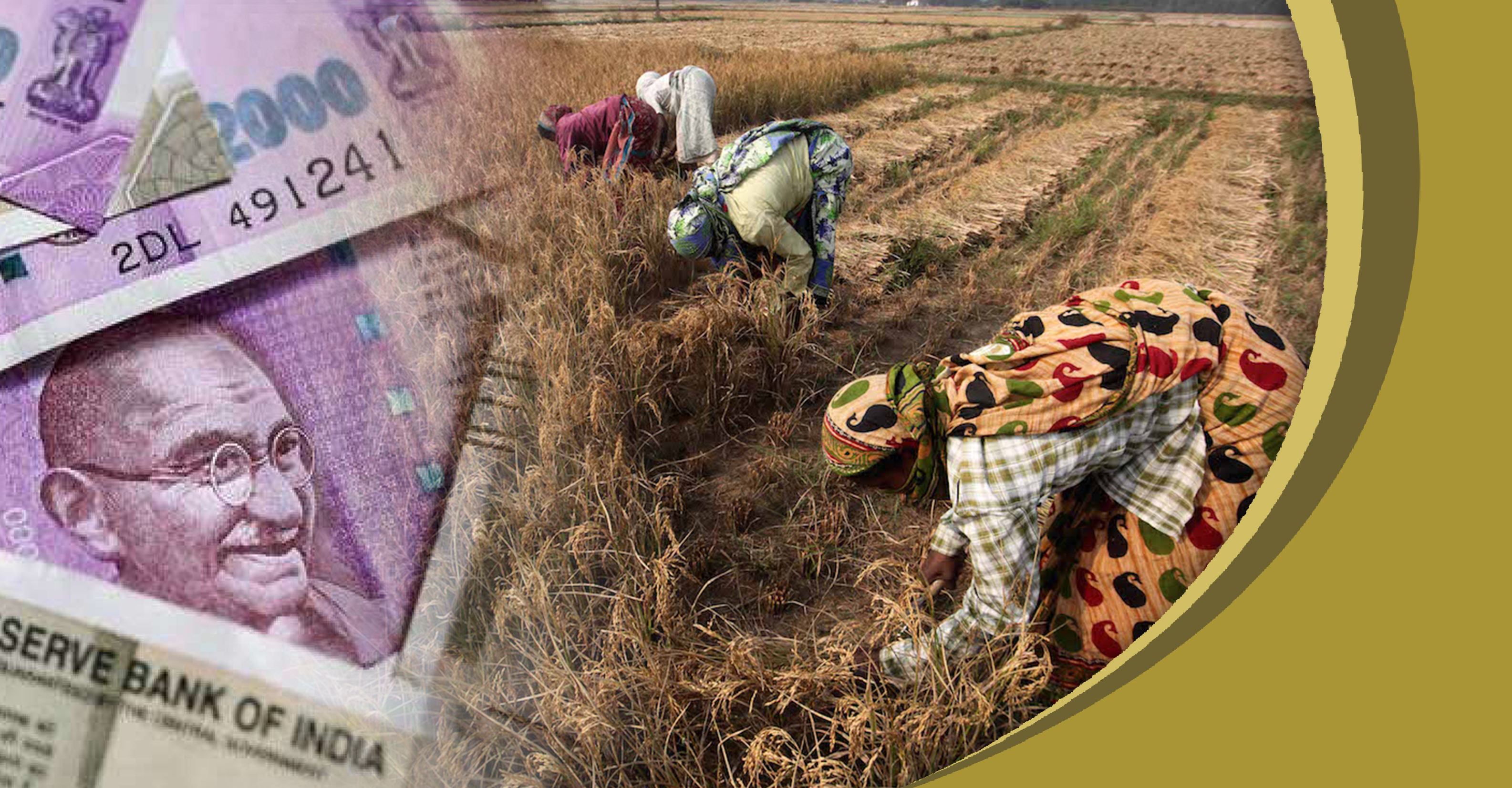The crop scenario of Bengal is very bright. The Agriculture Department has devised crop-specific interventions to ensure long-term sustainability of production, coupled with assured and improved incomes for farmers.
Rice, wheat, maize, jute, pulses, oilseeds and sugarcane are some of the major crops of the state.
Rice: System of Rice Intensification (SRI), an improved technology, has been adopted to increase production of rice at low cost. The State Government has been able to increase the area and production of aromatic rice like Gobindobhog and Tulaipanji.
Pulses: The Government has fixed an ambitious target of 4.75 lakh metric tonnes (MT) for financial year (FY) 2018-19 by using its extension machinery to increase the area under pulse production by utilising the rice fallow areas. From FY 2010-11 to FY 2016-17, the area under pulses has increased by 65 per cent and production by 77 per cent. The production during 2016-17 was 3.13 lakh MT. The estimated production for 2017-18 is 4.63 lakh MT, an estimated increase by 48 per cent.
Oilseeds: Stress has been given in increased production and yield of sunflower and groundnut because of their high potential. Distribution of quality seeds and other agricultural inputs, and training of farmers have been identified as the key components by the State Government to achieve its targets. Like for pulses, the Government is using its extension machinery to increase the area under production by utilising the rice fallow areas. Production was 9.24 lakh MT during 2016-17 and is estimated to be 9.67 lakh MT during 2017-18. The target for 2018-19 has been kept at 9.99 lakh MT.
Jute: Jute is an important cash crop of Bengal, covering an area of around 5.22 lakh hectares (ha). During 2016-17, the production and productivity were 81.87lakh bales and 15.67 bales/ha, respectively. The target for area under production and production for 2017-18 were 5.6 lakh ha and 84 lakh bales, respectively. The State Government, in collaboration with the National Food Security Mission (Commercial Crops) – Jute, runs Demonstration Centres, and supports the distribution of quality seeds and training of farmers with the aim of producing higher quality fibres.
Potato: Potato is a major crop in the State. The production and productivity during 2016-17 were 129.32 lakh MT and 30,608 kg/ha, respectively. For 2017-18, the targets for area under production and production have been kept at 4.36 lakh ha and 140 lakh MT, respectively. Emphasis has been given on the availability of disease-free quality micro-tubers. For this, the government has undertaken a programme for the production of good quality foundation seeds of potato from breeder seeds in government farms, so that high-quality seeds are available for the production of certified seeds.
Courtesy Chief Minister Mamata Banerjee and her Trinamool Congress Government, farmers have never had it as good. Every aspect of their lives has undergone a lot of changes. There are schemes to cover everything – from production to storage to financial aid for losses due to natural calamities to several other aspects.
রাজ্যে ফসলের হাল-হকিকত
২০১১ সালে ক্ষমতায় আসা থেকে মুখ্যমন্ত্রী মমতা বন্দ্যোপাধ্যায় জোর দিয়েছেন কৃষিজ ক্ষেত্রে ধীরে ধীরে স্বয়ংসম্পূর্ণ রাজ্য হিসেবে আত্মপ্রকাশ করা। এর জন্য দিয়েছেন কৃষিতে ব্যাপক গুরুত্ব। দেখে নেওয়া যাক এই মুহূর্তে রাজ্যে ফসলের হাল হকিকত।
এই দপ্তর শস্য ভিত্তিক উদ্যোগ নিয়েছে যাতে দীর্ঘদিন ধরে এই উদ্যোগ কার্যকরী হয় ও এর ফলে চাষিদের আয় বৃদ্ধি পায়।
চালঃঅল্প খরচে চালের উৎপাদন বৃদ্ধির জন্য সিস্টেম অফ রাইস ইন্টেন্সিফিকেশন গ্রহণ করা হয়েছে। রাজ্য সরকার গোবিন্দভোগ ও তুলাইপঞ্জির মতো জিআই ট্যাগপ্রাপ্ত সুগন্ধী চালের উৎপাদন ও উৎপাদনের ক্ষেত্র দুইই বাড়াতে সক্ষম হয়েছে। আরকেভিওয়াই-এর অধীনে ২০১৩-১৪ সাল থেকে চালের উৎপাদনের অঞ্চল ও সুগন্ধী চালের বীজ উৎপাদন বৃদ্ধিতে সক্ষম হয়েছে রাজ্য।
ডালঃরাজ্যের চাহিদার নিরিখে ডালের উৎপাদন কম হওয়ায়, সরকার জোর দিয়েছে ডালের উৎপাদনের ওপর। ২০১৬-১৭ সালে রাজ্যে ডাল উৎপাদন হয় ৩.১২ লক্ষ মেট্রিক টন, ২০১৭-১৮ সালে উৎপাদন হয় ৪.৬৩ লক্ষ টন। ২০১৮-১৯ সালে লক্ষ্য নেওয়া হয়েছে ৪.৭৫ লক্ষ মেট্রিক টন উৎপাদনের। ২০১০-১১ থেকে ২০১৬-১৭ সালে ডাল উৎপাদনের ক্ষেত্র বেড়েছে ৬৫ থেকে ৭৭ শতাংশ।
তৈলবীজঃএনএমওওপি উচ্চমানের বীজ ও অন্যান্য প্রয়োজনীয় সামগ্রী যোগান দিয়ে থাকে, এছাড়া কৃষকদের প্রশিক্ষণ দেওয়া হয় যাতে তৈলবীজের উৎপাদন ও তৈলবীজ উৎপাদনের স্থান বৃদ্ধি পায়। এর ফলে রাজ্যে চাহিদা ও উৎপাদনের মাঝে ব্যবধান কমবে। সূর্যমুখী ও বাদাম উৎপাদনে জোর দেওয়া হয়েছে। ২০১৬-১৭ সালে তৈলবীজ উৎপাদন হয়েছে ৯.২৪ লক্ষ মেট্রিক টন, ২০১৭-১৮তে ৯.৬৭ লক্ষ মেট্রিক টন ও ২০১৮-১৯ সালে উৎপাদনের লক্ষ্য নেওয়া হয়েছে ৯.৯৯ লক্ষ মেট্রিক টন।
পাটঃপাট একটি উল্লেখযোগ্য ক্যাশ ক্রপ। ৫.২২ লক্ষ হেক্টরে পাট চাষ হয়। ২০১৬-১৭ সালে ৮১.৮৭ গাঁট পাট উৎপাদন হয়, সেখানে প্রতি হেক্টরে উৎপাদন হয় ১৫.৬৭ গাঁট। ২০১৭-১৮ সালে পাট চাষের জমি বেড়ে হয় ৫.৬০লক্ষ হেক্টর ও মোট উৎপাদন বেড়ে হয় ৮৪ লক্ষ গাঁট।
আলুঃরাজ্যের অন্যতম গুরুত্বপূর্ণ ফসল আলু। ২০১৬-১৭ সালে উৎপাদন ও উৎপাদন ক্ষমতা ছিল যথাক্রমে ১২৯.৩২ লক্ষ টন ও ৩০,৬০৮ কিলো হেক্টর পিছু। ২০১৭-১৮ সালে ৪.৩৬ লক্ষ হেক্টর জমিতে উৎপাদন হয় ১৪০ লক্ষ মেট্রিক টন। জোর দেওয়া হয়েছে উন্নতমানের রোগমুক্ত আলুর কন্দ জোগানের।


